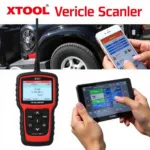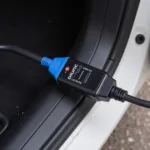The automotive world relies heavily on diagnostic tools to keep vehicles running smoothly. Two prominent names you’ll encounter in this realm are J1939 and OBD2. While both are communication protocols for vehicle diagnostics, they cater to different vehicle types and offer distinct functionalities. This article dives into the core differences between J1939 and OBD2, helping you understand their unique roles in the automotive industry.
Delving into the World of J1939
J1939 is a specialized communication protocol designed for heavy-duty vehicles like trucks, buses, and construction equipment. Developed by the Society of Automotive Engineers (SAE), it governs how electronic components within these vehicles communicate with each other and with external diagnostic tools.
Here are the key characteristics of J1939:
- Heavy-duty Focus: Primarily used in heavy-duty vehicles with complex electronic systems.
- High Data Transfer Rates: Supports higher data transfer speeds compared to OBD2, essential for managing the numerous sensors and control units in heavy-duty vehicles.
- Advanced Diagnostics: Allows for more in-depth diagnostics, including real-time monitoring of engine performance, emissions data, and other critical parameters.
- Standardized Communication: Provides a standardized framework for communication, ensuring compatibility across different makes and models of heavy-duty vehicles.
“In the heavy-duty sector, J1939 is the backbone of our diagnostics,” says Mark Thompson, a lead mechanic with 20 years of experience working on commercial trucks. “The depth of information it provides is crucial for pinpointing issues and ensuring these powerful machines operate at peak performance.”
Exploring the Essentials of OBD2
OBD2, short for On-Board Diagnostics II, is the standard diagnostic protocol for light-duty vehicles such as cars, SUVs, and light trucks. It enables vehicle owners and mechanics to access engine and emissions-related data, facilitating repairs and ensuring compliance with environmental regulations.
Here’s what sets OBD2 apart:
- Light-Duty Standard: Mandated for all light-duty vehicles sold in the United States since 1996 and in various other regions globally.
- Emissions Focus: Primarily designed to monitor and control emissions-related components and systems.
- Simplified Diagnostics: Offers a more streamlined approach to diagnostics compared to J1939, with a focus on identifying and resolving emissions-related issues.
- Universal Connector: Utilizes a standardized 16-pin connector, making it easy to connect diagnostic scanners.
Key Differences: J1939 vs. OBD2
While both J1939 and OBD2 are essential diagnostic protocols, their differences are significant:
| Feature | J1939 | OBD2 |
|---|---|---|
| Vehicle Type | Heavy-duty vehicles | Light-duty vehicles |
| Connector Type | Various, often round, 9-pin or more | Standardized 16-pin connector |
| Data Transfer Rate | Higher | Lower |
| Diagnostic Scope | Comprehensive, including engine, transmission, brakes, and more | Primarily engine and emissions systems |
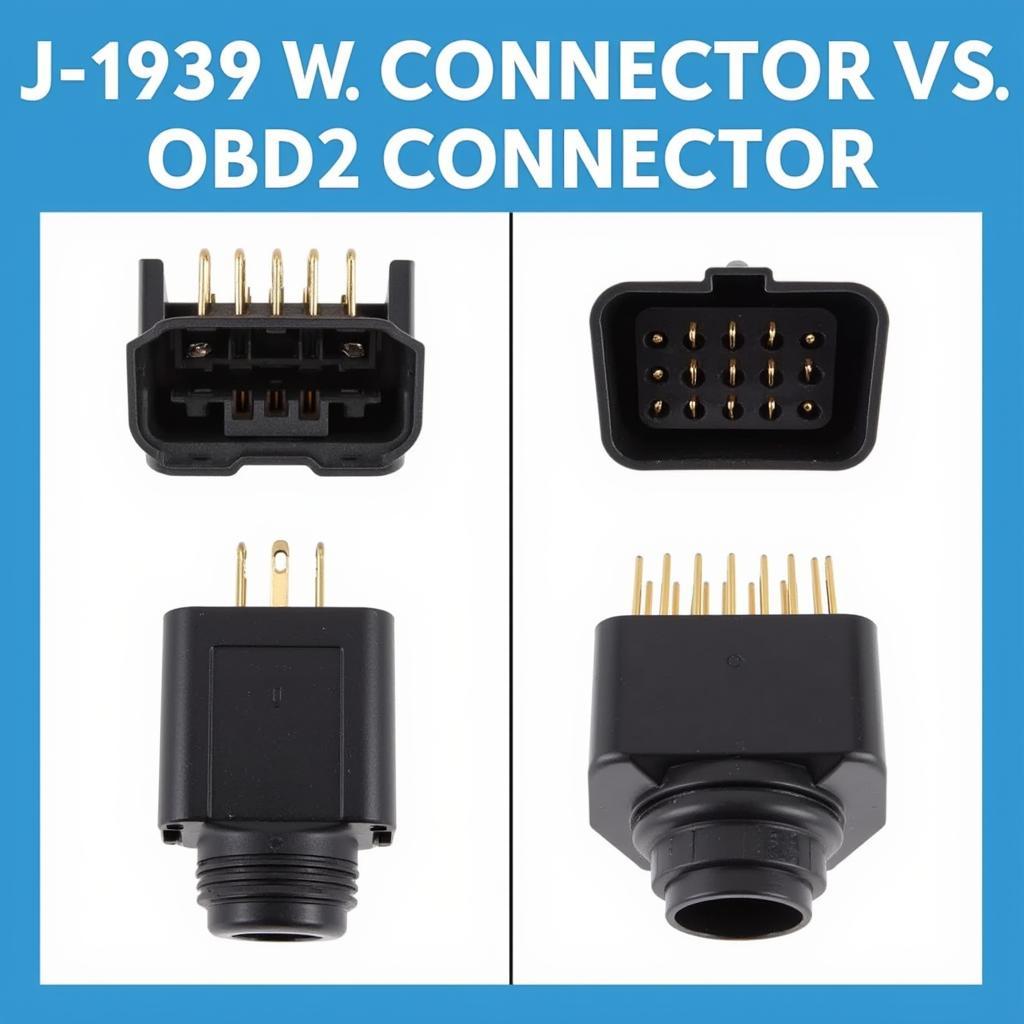
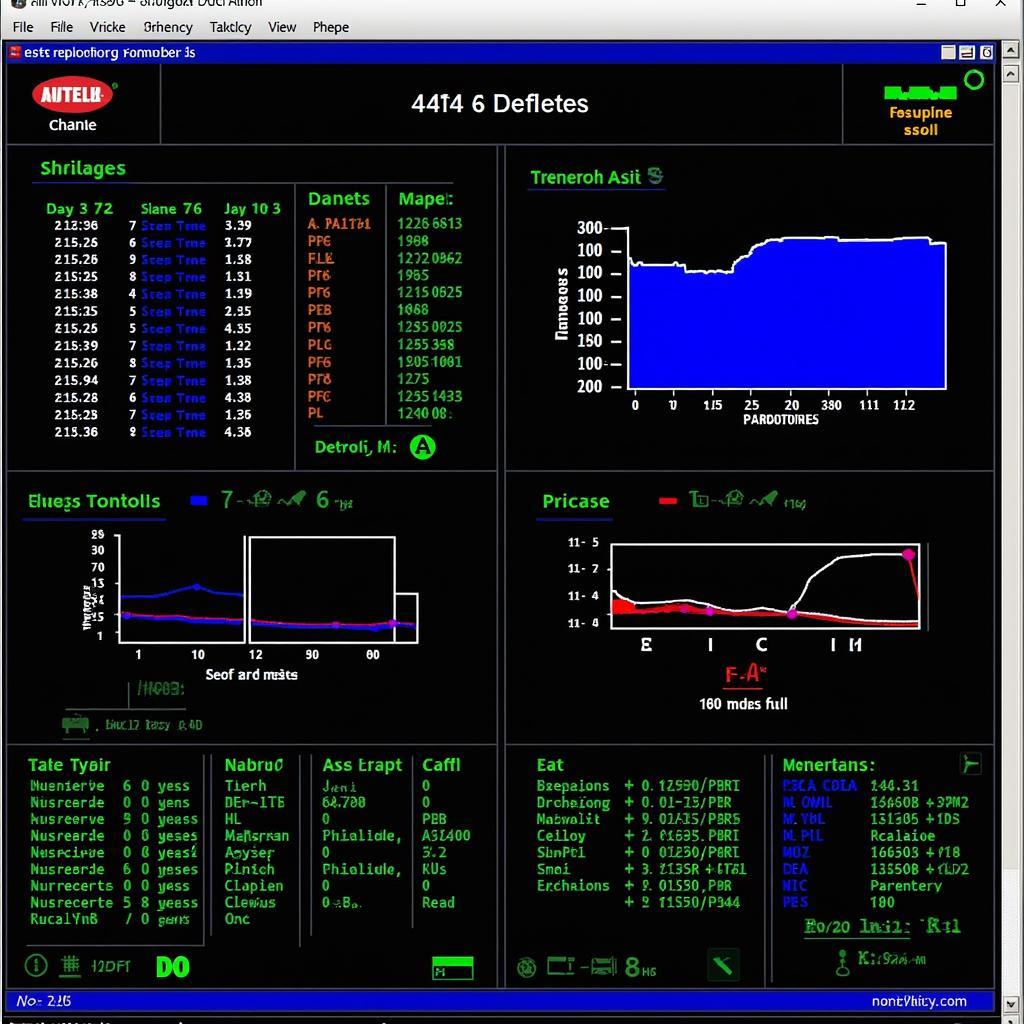
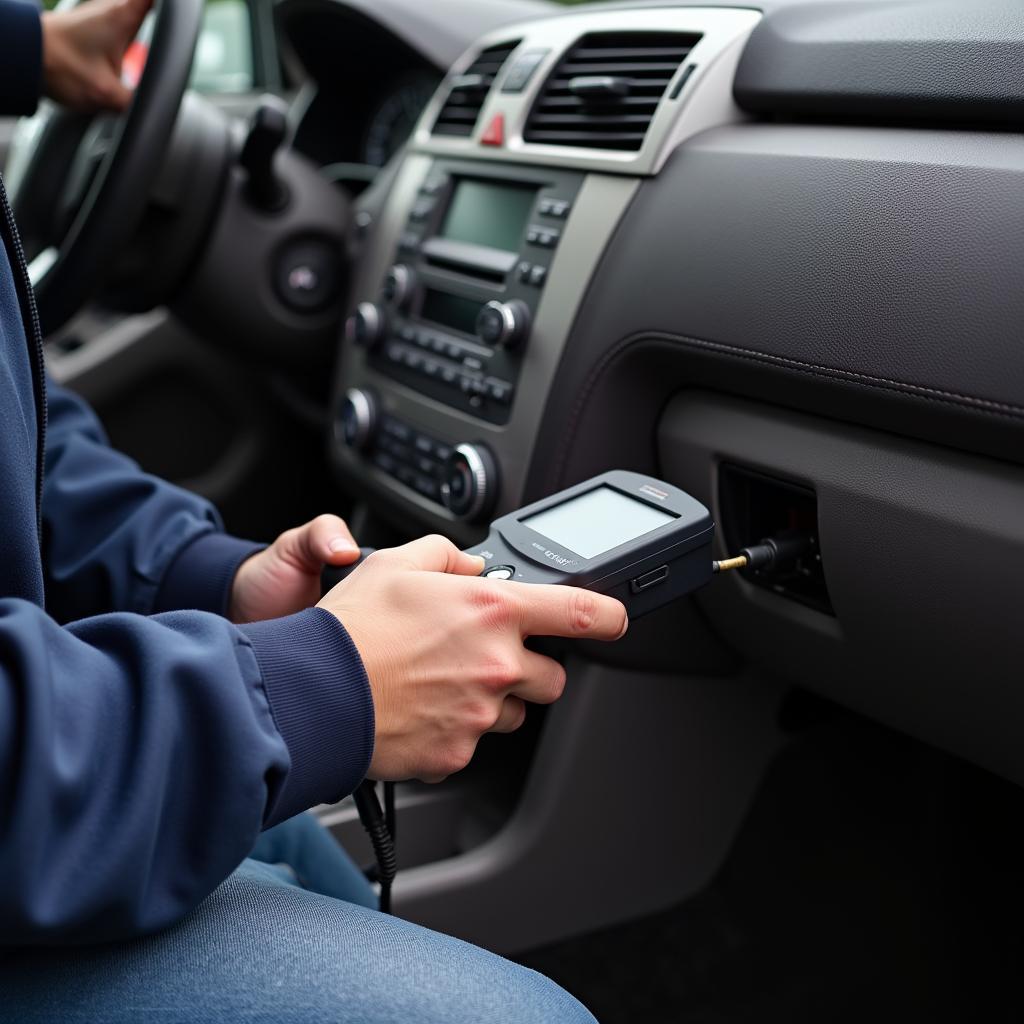
Choosing the Right Diagnostic Tool
Understanding the difference between J1939 and OBD2 is crucial when choosing a diagnostic tool. If you work with both heavy-duty and light-duty vehicles, you’ll need a scanner that supports both protocols.
OBDFree offers a wide range of high-quality OBD2 scanners obd2 vs j1939 to meet your diagnostic needs. Explore our selection of Foxwell NT201 OBD2 scanners, known for their reliability and comprehensive functionality.
Conclusion
J1939 and OBD2 are essential communication protocols that have revolutionized vehicle diagnostics. While J1939 caters to the complex needs of heavy-duty vehicles, OBD2 provides a standardized approach for diagnosing and resolving issues in light-duty vehicles. Selecting the right diagnostic tool requires understanding the specific protocol used by your vehicle, ensuring you have the right equipment to keep your vehicles running smoothly.
Frequently Asked Questions
1. Can I use an OBD2 scanner on a vehicle that uses the J1939 protocol?
No, OBD2 scanners are not compatible with the J1939 protocol. You will need a dedicated J1939 scanner to diagnose heavy-duty vehicles.
2. Is it possible to convert a J1939 connector to an OBD2 connector?
Converting connectors is not recommended as the protocols themselves are fundamentally different. Using an incompatible adapter could potentially damage your vehicle’s electronic systems.
3. Are there adapters available to use OBD1 scanners with newer OBD2 vehicles?
Yes, do obd1 to obd2 adapters work? They can be helpful in some cases, but it’s important to note that their functionality might be limited compared to using a dedicated OBD2 scanner.
4. How do I know which protocol my vehicle uses?
You can typically find information about your vehicle’s diagnostic protocol in the owner’s manual. Additionally, the shape of the diagnostic port can often indicate the protocol used.
5. Where can I find reliable diagnostic scanners for both J1939 and OBD2 protocols?
OBDFree offers a wide selection of high-quality diagnostic scanners for both J1939 and OBD2 protocols. Visit our website or contact our team for expert advice on choosing the right scanner for your needs.
Need help choosing the right diagnostic tool or have other questions? We’re here to help! Contact us via WhatsApp at +1(641)206-8880 or email us at [email protected]. Our dedicated customer support team is available 24/7 to assist you.
